Species Photo Gallery for Smilia camelus Camel Treehopper 18 |
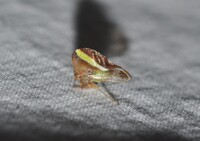 | Photo by: K. Bischof
Chatham Co.
Comment: JORD |  | Photo by: B. Bockhahn
Macon Co.
Comment: |
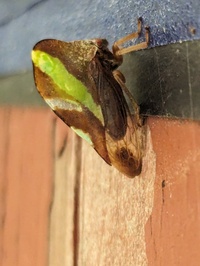 | Photo by: Joanne Hall
Out of state Co.
Comment: Never seen one before - unid_leafhopper |  | Photo by: Joanne Hall
Out of state Co.
Comment: Never seen one before - unid_leafhopper |
 | Photo by: Erich Hofmann, David George, Richard Teper, Jeff Niznik
New Hanover Co.
Comment: | 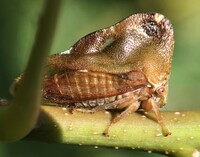 | Photo by: Ted Wilcox
Watauga Co.
Comment: unid_treehopper |
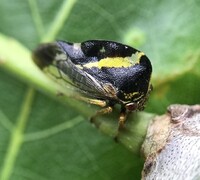 | Photo by: Ted Wilcox
Watauga Co.
Comment: unid_treehopper | 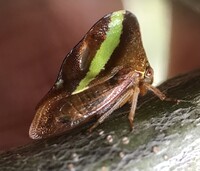 | Photo by: Ted Wilcox
Watauga Co.
Comment: |
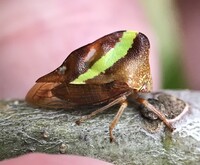 | Photo by: Ted Wilcox
Watauga Co.
Comment: | 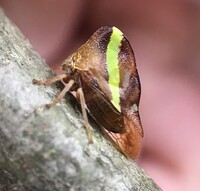 | Photo by: Ted Wilcox
Watauga Co.
Comment: |
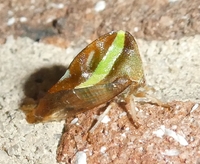 | Photo by: Simpson Eason
Durham Co.
Comment: | 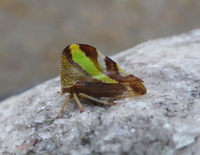 | Photo by: F. Williams, S. Williams
Alleghany Co.
Comment: STMO |
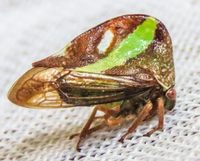 | Photo by: Randi Czesak
Onslow Co.
Comment: Discovered clinging to my drapes inside the house. Relocated outside after photographing. rn | 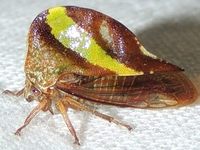 | Photo by: Britta Muiznieks
Dare Co.
Comment: |
 | Photo by: K. Bischof
Beaufort Co.
Comment: GOCR | 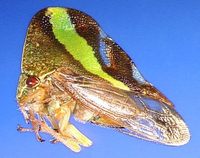 | Photo by: Matthew S. Wallace
Out Of State Co.
Comment: female |
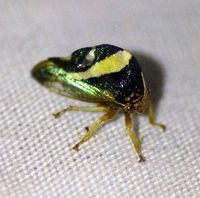 | Photo by: Bockhahn, Scharf
Burke Co.
Comment: LAJA - 2014 BioBlitz- male |  | Photo by: Bockhahn, Scharf
Burke Co.
Comment: LAJA - 2014 BioBlitz- male |
|

 »
»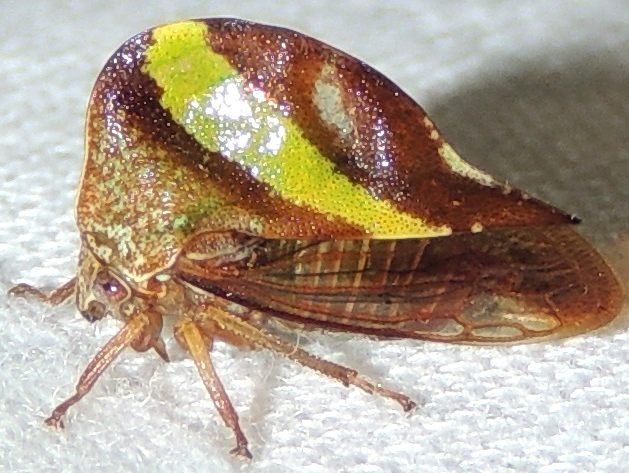
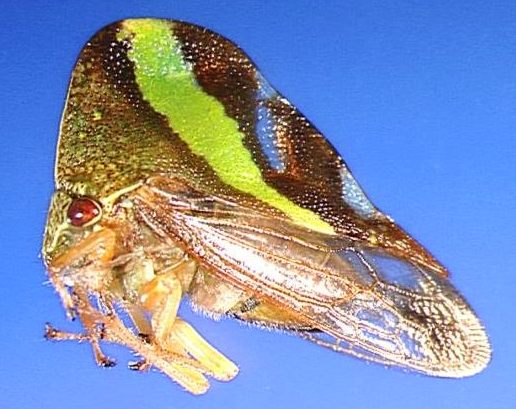
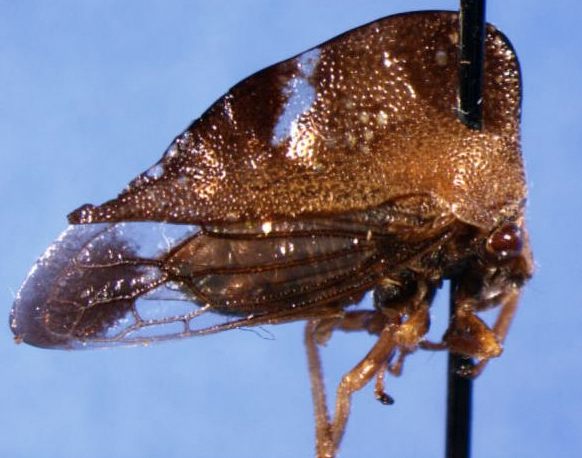

 »
»

